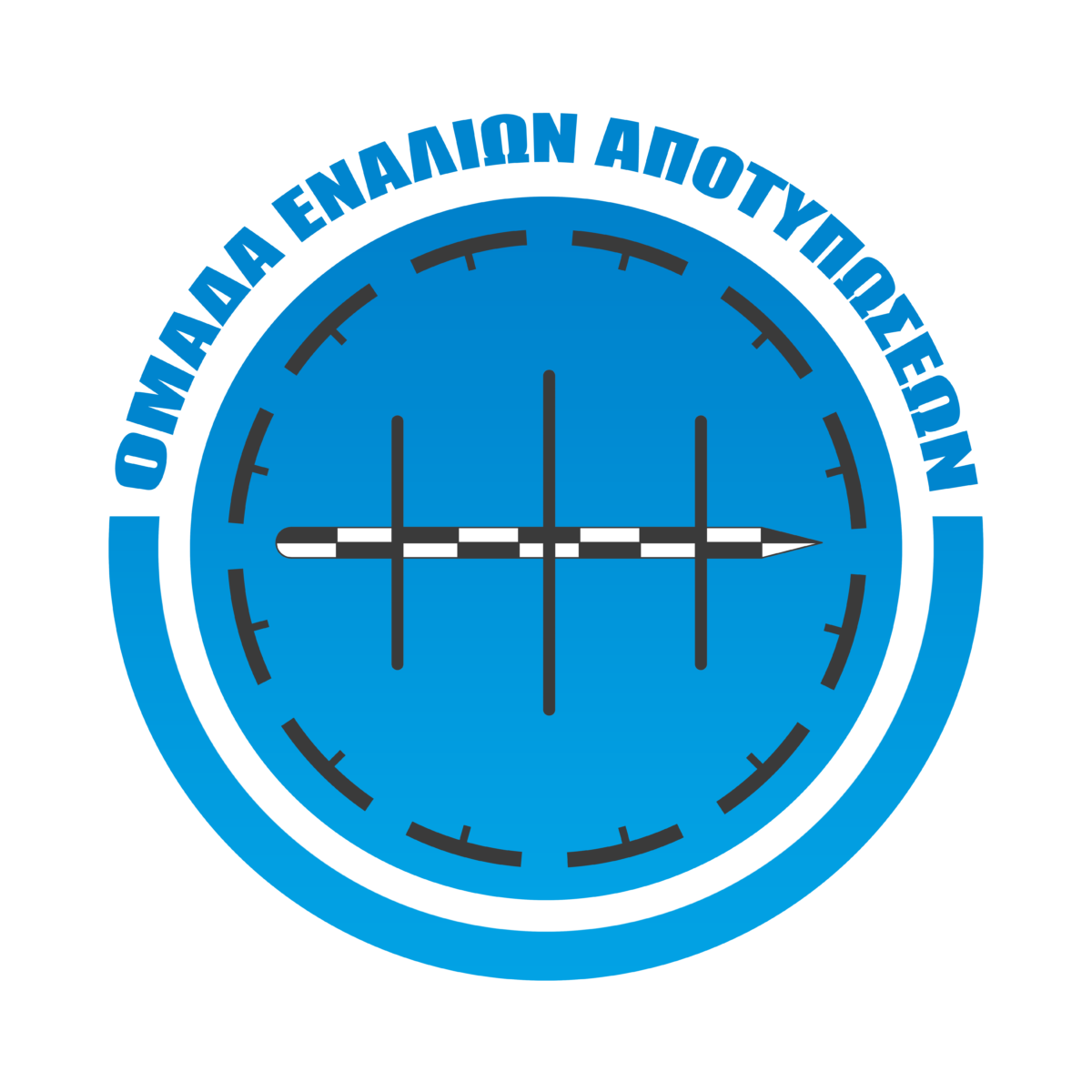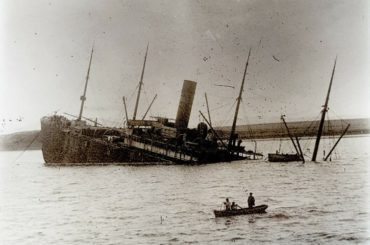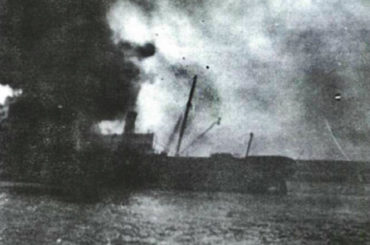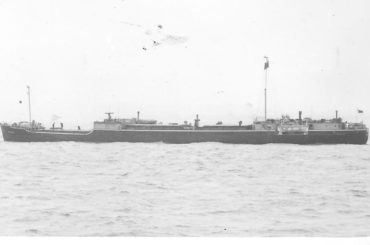From 1852 (the year of the first metal steamer with propellers and water ballast) to the 1930s (which saw the introduction of “flat-iron” cargo vessels with retractable superstructure and telescopic masts), and even after World War II, “black diamonds” had to be transported against river currents and beneath the low bridges of waterways to provide fuel for power stations and the fiery furnaces of industry. This need led to the development of a new type of ship for the transportation of coal, known as the “collier”.
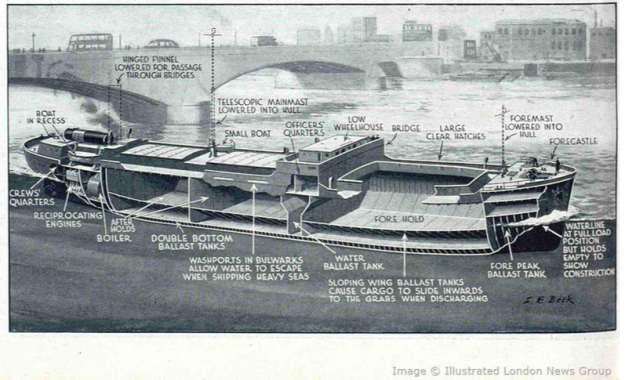
In January 1950, such a cargo vessel, the THOMAS HARDIE (85m long and 13m wide), was built in Scotland at the Grangemouth shipyard. Then, from 1968 to 1975, it sailed under the name BIRLING until in 1976, when it was registered as part of the Greek merchant fleet under the name CHRISTOPHOROS.
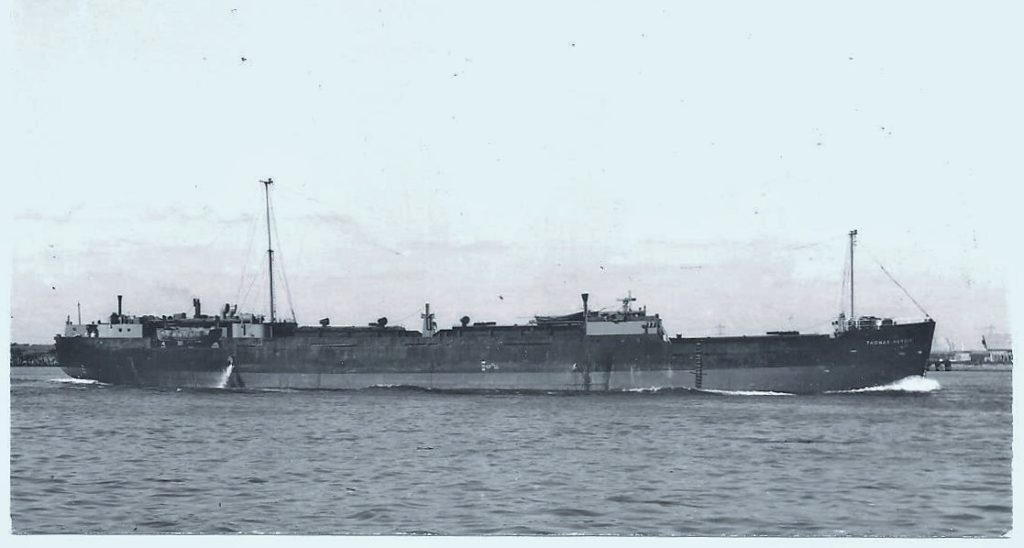
In October 1983, the ship had to travel from Volos on the eastern Greek seaboard to Piraeus with a 2,600 ton cargo of cement. Unfortunately, change of weather on the route was accompanied by an alarming 7 degree list to starboard. After consultations between the captain, the owners and the Ministry of Merchant Shipping, the ship was diverted to Panormos beach on the island of Skopelos in the Sporades. Despite reaching the island, they were unable to save the ship, so it had to be abandoned.
Nearly 35 years later, the shipwreck of the CHRISTOPHER remains in an upright position at a depth of +40m just off Panormos beach. In accordance with the rules governing ‘open-air’ archaeological sites which are applicable to the wider area (YA 23181/12-9-1969), it was virtually impossible for recreational divers to visit the wreck until recently.
Last winter, on the initiative of the Skopelos Diving Center, representatives of the Ephorate of Antiquities were invited to visit the site. Following their analysis and appraisal, it was suggested that part of the bay in which the CHRISTOPHOROS is located should be redefined and excluded from the wider restricted area. From this year (according to Government Gazette 228 AAP/15-10-2018), the wreck marked on the official naval chart of Panormos bay, is a new diving destination for the visitors to the Sporades.
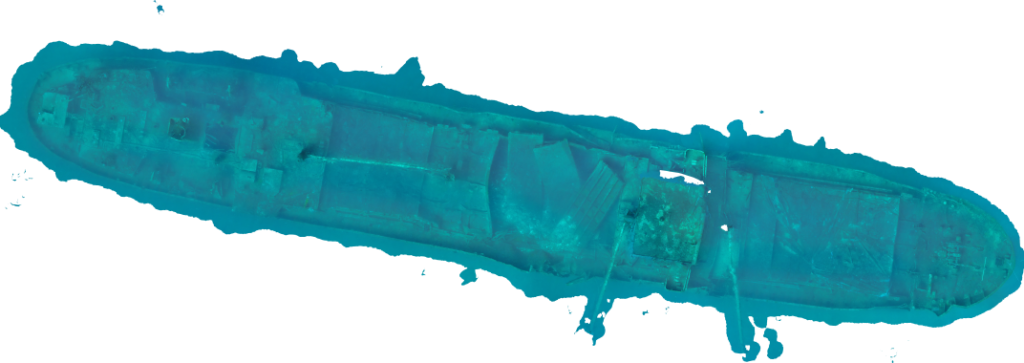
Shipwrecks are of special interest to scuba divers. In addition to the historical aspect which enriches the diving experience, wrecks become areas for the observation of the diverse marine life which colonizes a wreck over time. They are, in effect, artificial reefs. Shipwrecking is an experience which combines the natural environment, contact with the culture of an area, and opportunities for new knowledge. That is, it brings together all the best characteristics of an adventure activity.
In addition to Europe’s largest marine sanctuary, the Northern Sporades also hosts a considerable number of wrecks that span an historical timeframe of millennia. The CHRISTOPHOROS is probably the most well-preserved shipwreck in the area. It is now offered to those who appreciate the amazing experiences scuba diving can offer.
[*] Ross J. Robertson is an Australian who has lived in Greece for the past thirty years. He has a BSc (Biology) and is an EFL teacher. He is the co-owner of two private English Language Schools and instructs students studying for Michigan and Cambridge University English Language examinations. He has written various English Language Teaching books for the Hellenic American Union (Greece), Longman-Pearson (UK) and Macmillan Education (UK). He published his debut novel (fiction/humour) entitled ‘Spiked! Read Responsibly’ in 2016. Moreover, he has written several spec screenplays and a number of newspaper articles, including an extensive series on the 75th anniversary of the WWII Liberation of Greece. A keen AOW and Nitrox diver, he is also a shipwreck and research enthusiast and has written features for UK Diver Magazine, US Diver and the Australian newspaper, Neos Kosmos. Ross continues to combine his expertise in English with his love of storytelling and local WWII history to produce exciting materials.
